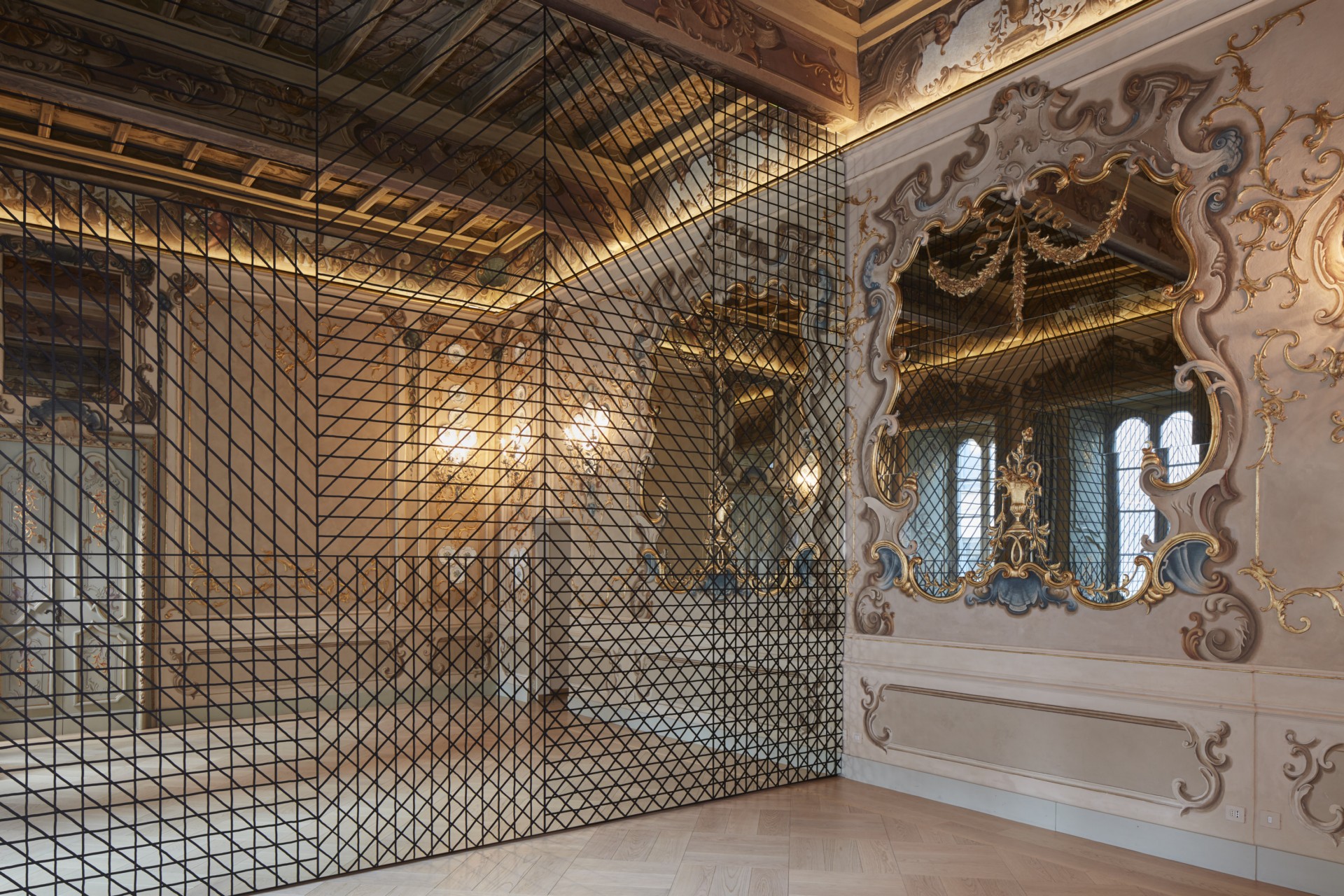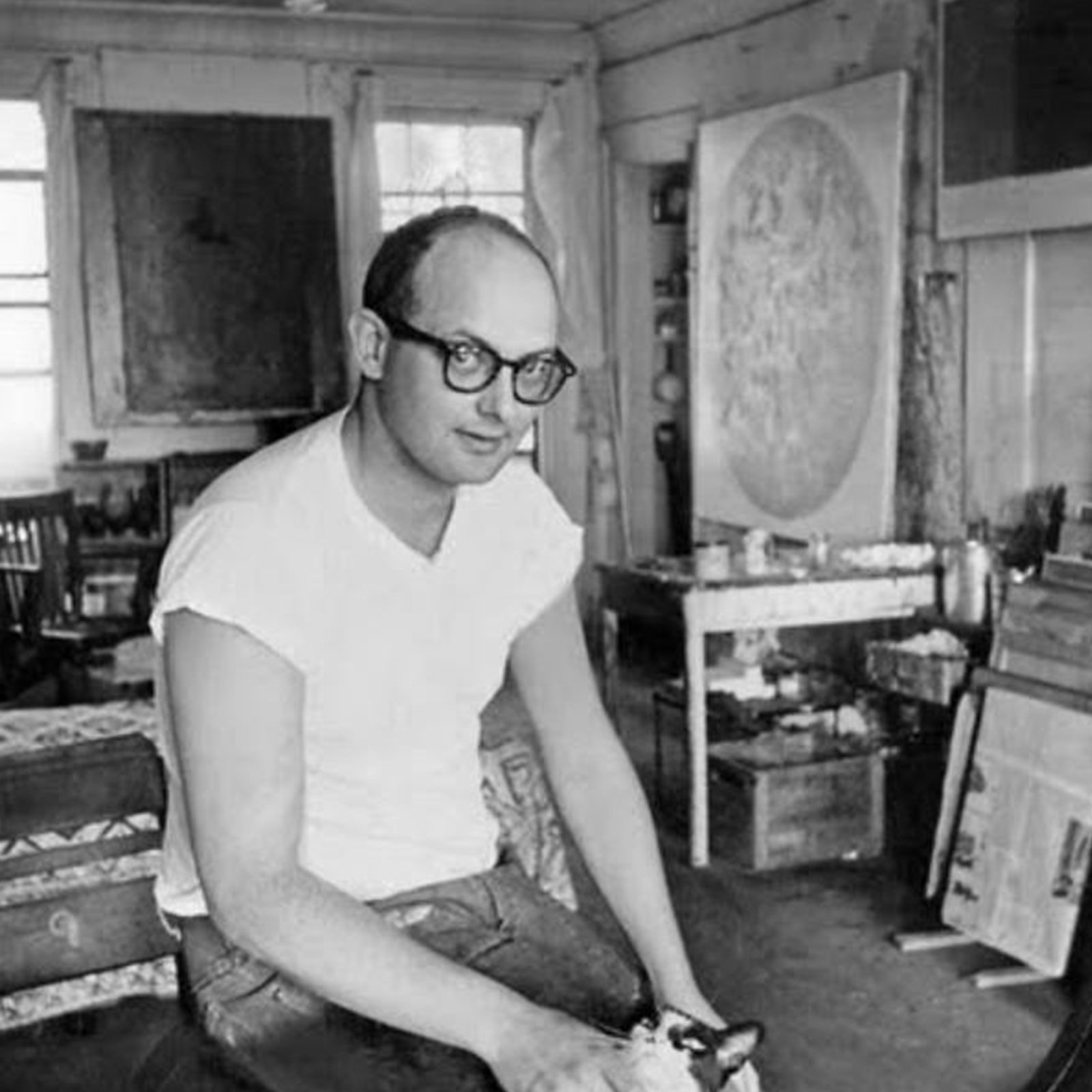
Again, they should exchange with a partner for the other to complete their construction and compare it to their original instructions.The Sol LeWitt Wall Drawings Catalogue Raisonné is the definitive publication of LeWitt’s most celebrated body of work.

Students will now write a conceptual art plan with no more than 3 instructions, but this time using three-dimensional concepts.Ask students: How many cubes in each pyramid? (a: 5, b:14, c:55, d:140).a height of 7 cubes and a base of 49 cubes.a height of 5 cubes and a base of 25 cubes.a height of 3 cubes and a base of 9 cubes.

a height of 2 cubes and a base of 4 cubes.Then challenge them to build four different four-sided pyramids with:.Then, ask students: How many cubes high is your skyscraper? ( 5 cubes high) How many cubes are in it? (25 total cubes) Have students build a pyramid with a base of 9 cubes, a second floor of 7 cubes, and a third floor of 5 cubes, following this pattern until their structure is complete.Inspired by the cubic structures of Sol LeWitt, students will work with a partner to build various three-dimensional models using building blocks, sugar cubes, or other math manipulatives: With their partner, they will present their instructions and the resulting works of art to the class.Are they surprised with the resulting work? pleased? unhappy with it? How would they rewrite the plan to change the artistic outcome?.Now, they will compare their original plan with the conceptual work of art their partner produced using it.Using graph paper and a pencil, students will draw each other’s plan.


LeWitt would come up with a concept or "system" for each structure that described a pattern or sequential relationship for the square or cube. and lacked the expressive force of more interesting forms and shapes." Their geometric regularity made them perfect basic components for his art because they could be evenly multiplied, patterned, and permuted into an infinite number of black or white, solid or open structures. For him, they were "relatively uninteresting. LeWitt became fascinated with the cube and the square in the 1960s. This structure (LeWitt did not use the term "sculpture" for his three-dimensional art) is made of blocks stacked and stepped back in an orderly pattern and is based on the geometry of the pyramid.įour-Sided Pyramid is actually made of "double-cubes"-as if two cubes were attached side-by-side. The ziggurat and set-back skyscraper had the greatest influence on LeWitt's Four-Sided Pyramid. Sol LeWitt used lines, geometric solids, ratio, patterns, formulas, and permutations to create his modern structures and wall paintings.


 0 kommentar(er)
0 kommentar(er)
